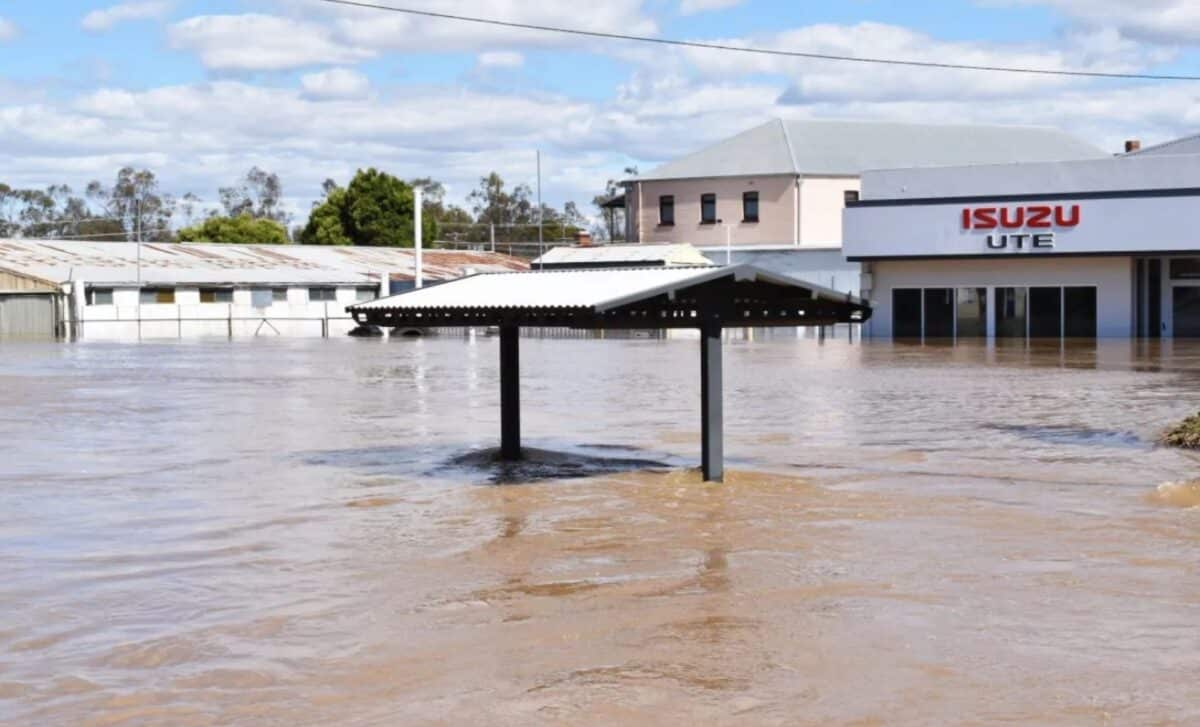Communities in parts of New South Wales (NSW) and Queensland face the grim prospect of being cut off for weeks due to severe flooding caused by torrential rainfall. Emergency services are on high alert as authorities warn that ongoing weather systems could exacerbate the already dangerous conditions.
The rainfall has triggered flash floods, stranding residents in several affected areas. Although rain is expected to ease, the long-term impact on infrastructure and daily life could be profound, with rescue efforts underway to assist those stranded.
Heavy Rainfall Causes Widespread Flash Flooding
Parts of the NSW and Queensland regions have been drenched by record-breaking rainfall, with up to 210mm falling in just 24 hours in Currarong, a small coastal village south of Wollongong.
According to NSW State Emergency Service (SES) deputy commissioner Deb Platz, communities along the Paroo and Warrego Rivers in western NSW could face up to six weeks of isolation.
Authorities have been preparing for such an eventuality, positioning helicopters and high-clearance vehicles to provide rescue operations and resupply for those affected.
The flooding in these rural areas has also led to significant distress for local residents. Over the past 24 hours, SES reported 1,700 calls for help, including 19 for water rescues. Search efforts continue for an elderly man swept away by floodwaters, while campers stranded by the floods are being rescued.
The SES has urged residents in the worst-hit areas to prepare for further disruptions, with more rain expected later in the week.
Floods Cause Widespread Damage Across Queensland
Floodwaters have also heavily impacted Queensland, particularly in outback areas such as Stonehenge and Windorah, which recorded rainfall amounts nearly double the yearly average.
These regions have experienced flooding not seen since 1974, and many towns are now submerged. The Bureau of Meteorology has issued ongoing flood warnings for several areas as the water continues to flow through impacted regions.
The Queensland government has activated personal hardship assistance, including concessional loans and freight subsidies, to support affected primary producers.
These measures are aimed at alleviating some of the immediate financial strain on farmers and small businesses, particularly those in western Queensland, where floodwaters have taken over towns and properties.
Authorities have continued to monitor the situation closely, ensuring that resources are directed to where they are most needed. While the rain is expected to ease, the residual effects of the flooding will continue to be felt for weeks to come.









